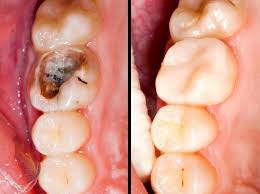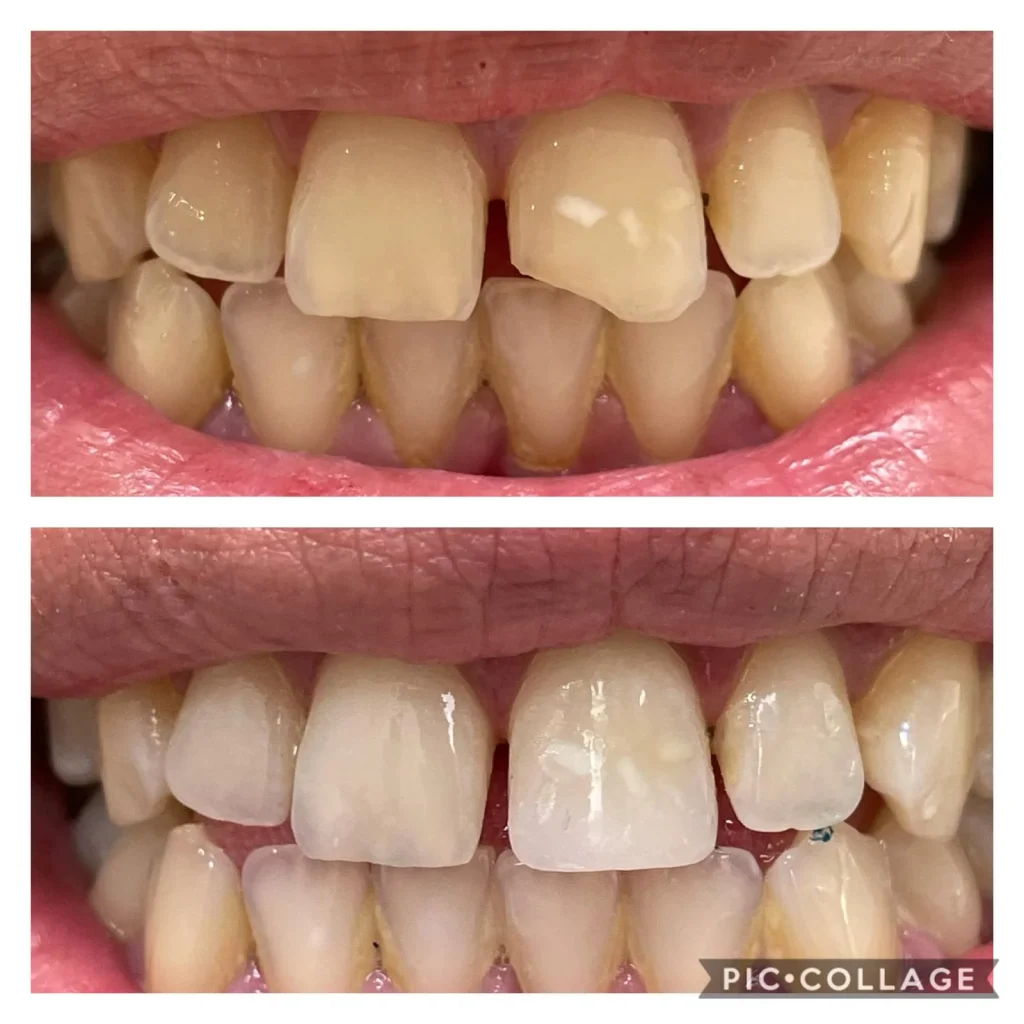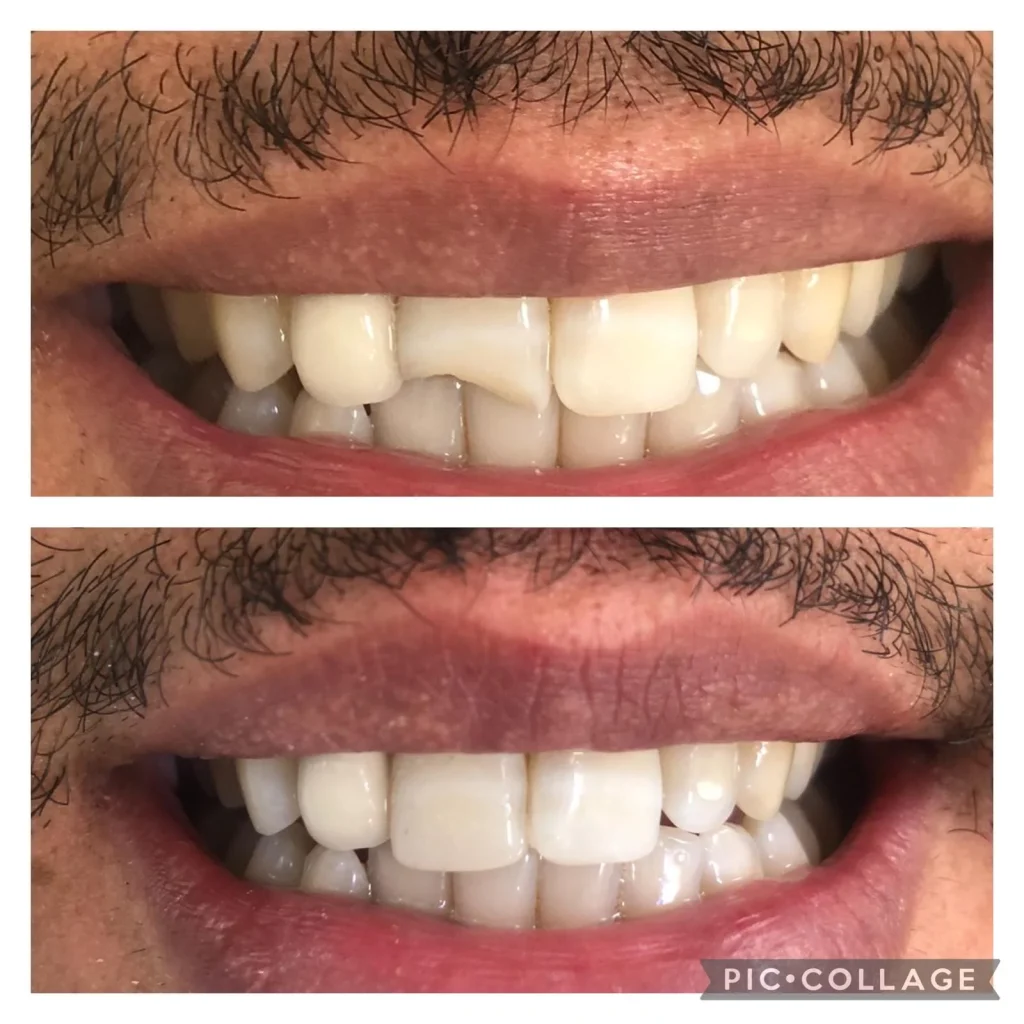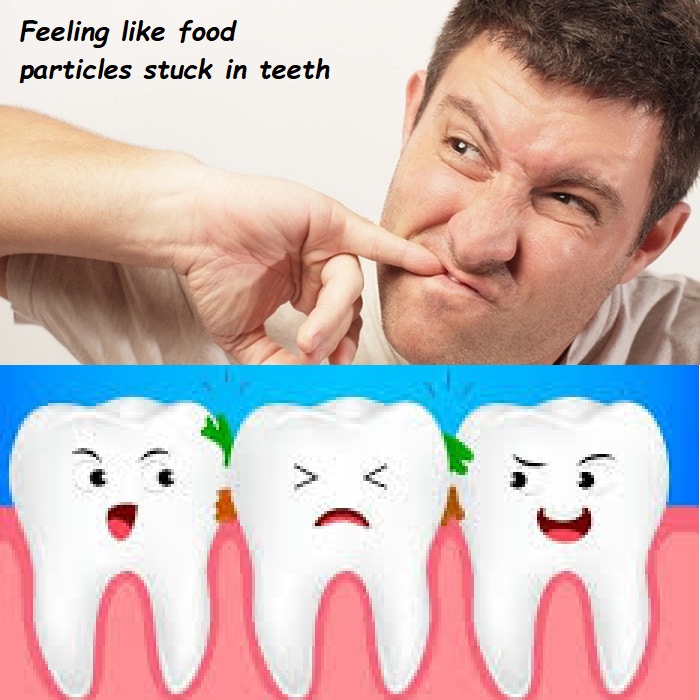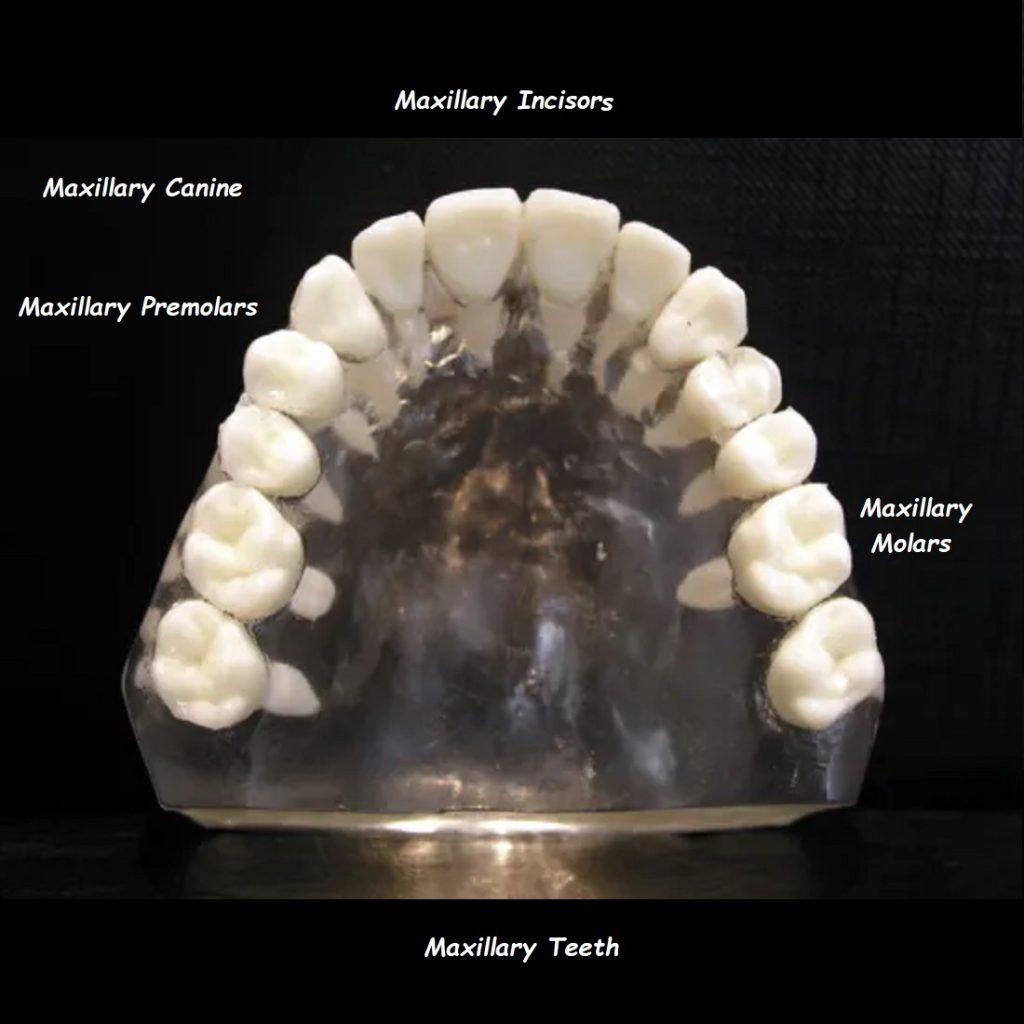The Ultimate Guide to Broken Tooth Repair: How to Fix a Broken Tooth for Lasting Results

A broken tooth is a common dental problem that can happen to anyone at any time. Whether it’s from an accident, biting down on something hard, or tooth decay, a damaged tooth can lead to pain, sensitivity, and aesthetic concerns. The good news is that modern dentistry offers several ways to repair broken teeth, restoring both function and appearance. In this comprehensive guide, we’ll walk you through everything you need to know about broken tooth repair. We’ll explore various treatment options, how to fix a broken molar, and answer questions like “How do they fix a broken tooth?” and “What are the best repair options for broken molar teeth?”
What Causes a Broken Tooth?
Before we delve into how to repair a broken tooth, it’s important to understand the common causes behind this dental issue. Identifying the cause helps your dentist recommend the best treatment option. Here are a few reasons why teeth break:
- Accidents and Trauma: A blow to the mouth from sports, car accidents, or falls can lead to fractured or broken teeth.
- Biting Hard Foods: Hard foods such as ice, nuts, or hard candies can sometimes cause teeth to crack or chip.
- Tooth Decay: Untreated cavities weaken the structure of your teeth, making them more susceptible to breaking.
- Old Dental Work: Worn-out fillings, crowns, or other restorations can also contribute to weakened teeth that are prone to breaking.
Why It’s Important to Repair a Broken Tooth Quickly
Ignoring a broken tooth can lead to a series of complications, including:
- Infection: If the inner pulp of the tooth is exposed, bacteria can enter and cause infection.
- Sensitivity: A broken tooth can expose sensitive dentin, leading to discomfort when eating or drinking.
- Aesthetic Concerns: A broken tooth in the front of the mouth can affect your confidence and smile.
- Further Damage: Without proper care, a small chip or crack can worsen, leading to more extensive damage and expensive treatment down the road.
How to Fix a Broken Tooth: Dental Treatment Options
When you have a broken tooth, the treatment options depend on the severity of the break. Let’s explore the most common dental procedures used for repairing broken teeth, including broken molar tooth repair.
1. Dental Bonding: Best for Minor Chips
What it is: Dental bonding is a cost-effective solution for minor chips or cracks in the tooth. A tooth-colored resin is applied to the affected area, shaped to blend with your natural tooth, and then hardened using a special light.

How it works:
- Your dentist will apply the bonding material to the broken area of your tooth.
- The material is shaped and molded to match the appearance of the surrounding teeth.
- After it’s hardened with UV light, the tooth is polished for a smooth finish.
Pros:
- Quick and painless.
- Affordable.
- Ideal for small chips.
Cons:
- Not as durable as other repair options.
- May need to be replaced over time.
Dental Bonding in-depth information
2. Dental Veneers: Best for Front Teeth
What it is: Veneers are thin porcelain shells custom-made to cover the front surface of a tooth. They are ideal for teeth that have significant cosmetic damage but are structurally sound.
How it works:
- A thin layer of enamel is removed from the front of the damaged tooth.
- Your dentist takes impressions and custom-makes a veneer.
- The veneer is bonded to the front of your tooth, giving it a flawless appearance.
Pros:
- Veneers look extremely natural and are stain-resistant.
- Perfect for front teeth repair.
Cons:
- More expensive than dental bonding.
- Irreversible, as enamel is removed.
3. Dental Crowns: Best for Large Fractures and Broken Molars
What it is: If a large portion of the tooth is broken, or if the tooth is weakened, a crown may be necessary. Crowns are “caps” made of porcelain, metal, or ceramic that cover the entire tooth.
How it works:
- Your dentist removes the damaged part of the tooth and reshapes it.
- Impressions are taken to create a custom crown that matches your tooth.
- The crown is permanently bonded to the tooth, restoring its structure and function.
Pros:
- Crowns offer excellent protection for broken molar teeth.
- Durable and long-lasting.
- Matches your natural tooth color.
Cons:
- More expensive than bonding or veneers.
- Requires multiple visits to complete.

4. Root Canal Therapy: For Broken Teeth with Exposed Pulp
What it is: If the break exposes the inner pulp of your tooth, causing pain or sensitivity, a root canal may be required. Root canal therapy removes the infected or damaged pulp, cleans the canal, and seals it to prevent further infection. The tooth is then restored with a crown.
How it works:
- Your dentist drills into the tooth to access the infected pulp.
- The infected material is removed, and the inside of the tooth is cleaned.
- After filling the root canal, the tooth is capped with a crown for protection.
Pros:
- Saves your natural tooth.
- Relieves pain caused by infection.
- Prevents further decay or damage.
Cons:
- More costly and time-consuming than simple bonding or veneers.
5. Dental Implants: For Severely Damaged or Missing Teeth
What it is: In cases where the tooth is too damaged to be repaired, extraction may be necessary. A dental implant can then replace the missing tooth. This involves placing a titanium post into the jawbone, which serves as a root for a new artificial tooth.
How it works:
- The implant post is surgically placed into the jawbone.
- Once the bone fuses with the post (a process called osseointegration), a custom crown is placed on top.
Pros:
- Long-lasting and durable.
- Feels and functions like a natural tooth.
Cons:
- More invasive and expensive than other options.
- Requires several months for the process to complete.
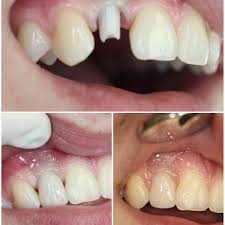
Emergency Steps for a Broken Tooth
Before you see your dentist, there are some steps you can take to minimize damage and manage pain:
- Rinse your mouth with warm salt water.
- Use dental wax or temporary dental repair kits from the pharmacy to cover sharp edges.
- Take pain relievers like ibuprofen to reduce discomfort.
- Apply cold compresses to your face to reduce swelling.
FAQs on Broken Tooth Repair
1. How Do They Fix a Broken Tooth?
Dentists use a variety of methods depending on the severity of the break. Small chips may only require bonding, while larger fractures might need crowns or root canal therapy.
2. How Can I Repair a Broken Molar?
For broken molars, crowns are the most common solution. In more severe cases, a root canal may be needed if the pulp is damaged.
3. Can a Broken Tooth Heal on Its Own?
No, a broken tooth will not heal by itself. Professional dental intervention is necessary to prevent further damage and restore the tooth’s function.
Final Thoughts: Choosing the Right Treatment for a Broken Tooth
A broken tooth is not something you should ignore. Whether it’s a minor chip or a severe fracture, timely treatment can save you from pain, further complications, and expensive procedures. From dental bonding to implants, there are many ways to repair broken teeth depending on the damage. If you experience a broken tooth, contact your dentist immediately for a consultation.
By repairing broken teeth early, you can preserve your natural smile and protect your overall oral health. If you’re wondering which treatment is best for you, discuss your options with a dental professional. After all, tooth repair is not just about aesthetics—it’s about protecting the long-term health of your teeth.
For more expert tips on maintaining oral health, explore our guides on how to prevent cavities, tooth brushing tips, and gum health maintenance.
References:
- American Dental Association. “Tooth Repair Options.” ADA Website
- Mayo Clinic. “Dental Crown Procedures.” Mayo Clinic
- Colgate. “How to Handle a Broken Tooth.” Colgate Official




